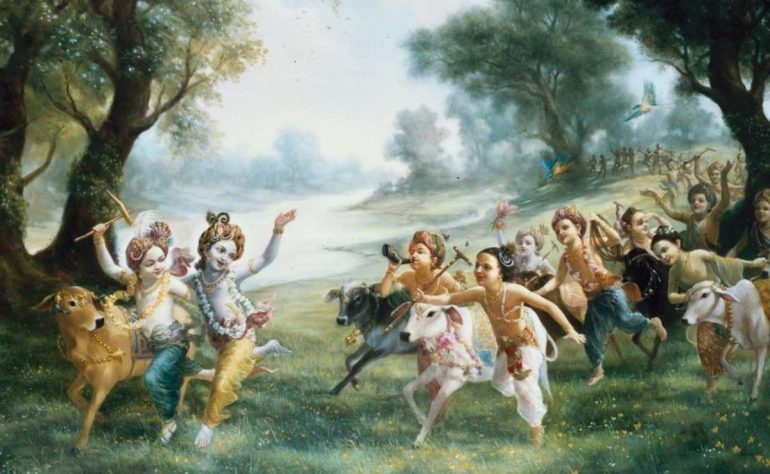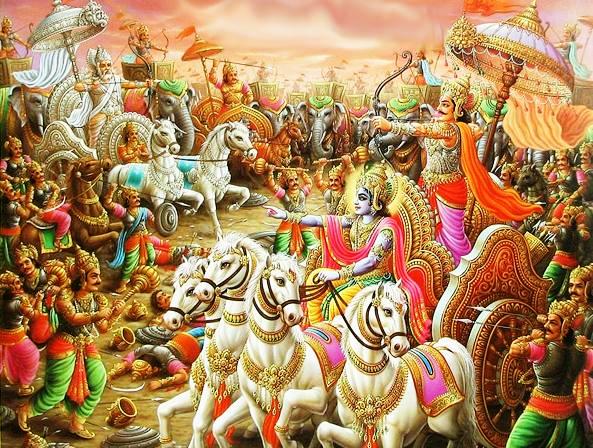From almost all scholarly accounts, Krishna was a historic personality. From personal artifacts, archaeological evidence, scriptural cross-references, third-party verifications—basically from any starting point that validates the historicity of any known figure, Krishna is amply evidenced.
The real question is how is Krishna’s identity interpreted? Not everyone accepts him as the Supreme Godhead. Even during the Kurukshetra War, there were many who viewed him as a powerful king, others who considered him the “darling of Vraja,” and so on. Read for instance in KRSNA Book the chapter where Krishna and Balaram confront wrestlers in King Kamsa’s arena. Each of the thousands of people in attendance all viewed him in their own personal way.
And of course the academic world refuses to recognize anyone as a divine being, other than as such from within respective traditions. So there’s that.
From the Gita we learn how Krishna can be known: bhatya mam abhijanati – He is known through devotion. Some truths are so powerful, they cannot be acquired via academic learning. They are realized, revealed, and understood by undergoing internal adjustments in behavior, attitude toward others, and heightened appreciation for the sanctity of creation. The more you chant the , follow the basic behavioral guidelines for diet, etc., the more you prepare your heart for that revelation to occur.
Have a question you want Joshua to answer? Send an email to [email protected].




















